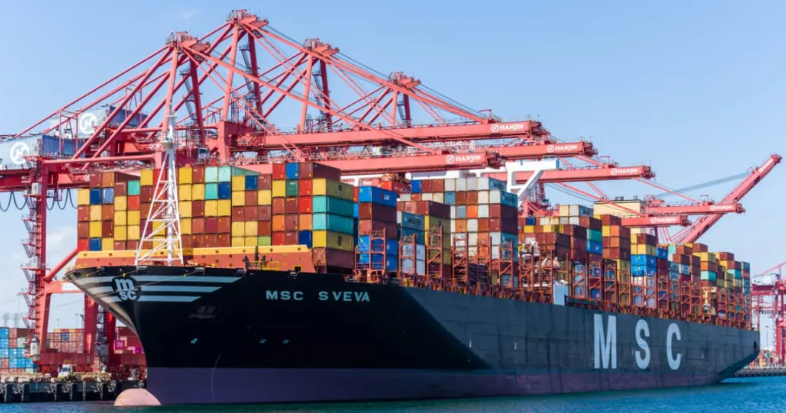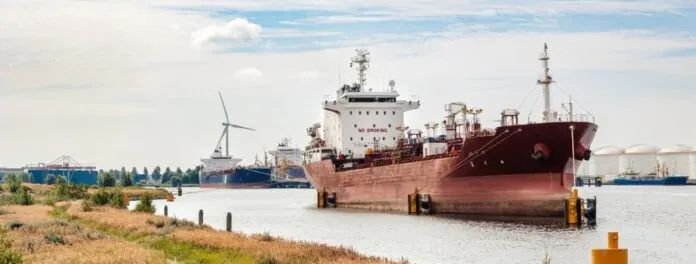In 2024, the global container shipping industry, which was on the brink of a crisis due to excess capacity from new ships, witnessed an unexpected turnaround caused by the Red Sea crisis.
According to Alphaliner, global container capacity grew by 10.6% in 2024, adding nearly 3 million TEU. However, due to the Red Sea conflict, vessels avoided the danger zone by rerouting via the Cape of Good Hope. This shift absorbed the new ships into the Asia-Europe trade lane, preventing a capacity surplus.
Cape of Good Hope Detour: A "Reservoir" for Capacity
Redistribution of New Capacity: The Asia-Europe trade lane absorbed 59% of the new capacity, equivalent to 1.76 million TEU.
Moderated Actual Capacity Growth: Although the trade lane's total capacity increased by 31%, the extended route meant weekly available capacity grew by only 8.8%.
Alphaliner noted that the longer journey via the Cape of Good Hope effectively increased vessel turnaround times, locking new capacity within this trade corridor.
Idle Capacity Hits Record Lows
By the end of 2024, only 0.6% of the global container fleet was idle, a record low that highlights the industry's efficient capacity management.
Despite a surge in new ship deliveries and more vessels awaiting deployment, the global shipping market avoided the anticipated capacity glut. The detour strategy maintained an exceptional balance between supply and demand throughout 2024.
Alphaliner concluded: “2024 will be remembered as the 'Year of the Red Sea Crisis' for the shipping industry, much like 2021 and 2022 were dubbed the 'Golden Years of Shipping' due to the pandemic.”

Last
The price of the United States line seems to be a foregone conclusion!
The year 2025 is here, trans-Pacific container rates continue to rise, and there may be more increases in the future.While early l

Next
Port Ban: Amsterdam Port Issues Ban Notification!
Starting from January 1, 2025, the Port of Amsterdam will implement a full ban on the use of open-loop scrubbers by ocean-going ve




